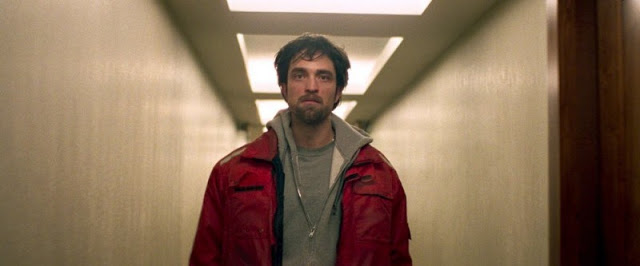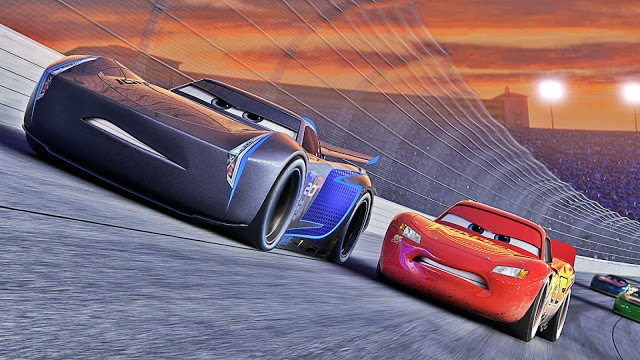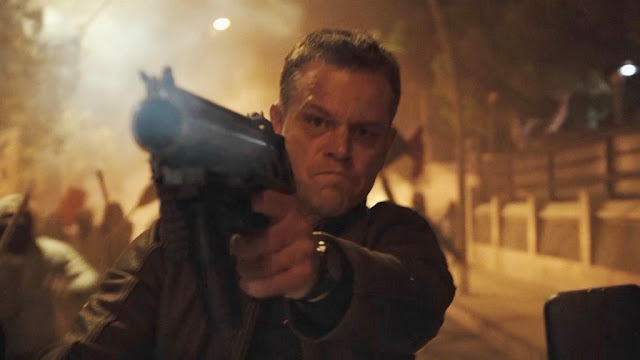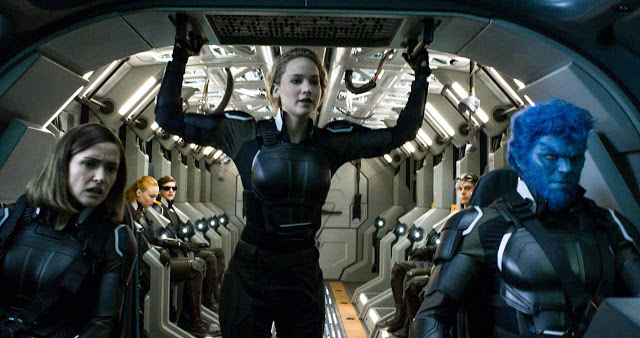Good Time: One Bad Night on the Big Apple’s Mean Streets
I’ll say this for Good Time: It has personality. Awash in a toxic sludge of neon and grime, it is a distinctive, assaultive film, made with energy and aggression by its sibling directors, Josh and Benny Safdie. It is also a deeply unpleasant experience, and not in the way it seeks to be. Desperate to rattle you with its jittery style and glammed-up ugliness, Good Time instead just feels punishing and self-indulgent, mistaking excess for excitement and confusing shock with craft.
In their previous feature, Heaven Knows What, the Safdies explored the agony of urban drug addiction, plucking actual addict Arielle Holmes off the street and then building a movie around her sad circumstances. (Holmes went on to appear as one of Andrea Arnold’s itinerant magazine salespeople in American Honey.) Most critics praised Heaven Knows What for its grubby authenticity, but I found it cold, slack, and unrelentingly miserable. I feel much the same about Good Time, which is marginally less bleak and slightly more polished but shares with its predecessor a defiant disregard for visual coherence. Working again with cinematographer Sean Price Williams (who also shot Alex Ross Perry’s Queen of Earth), the Safdies favor extreme, unsteady close-ups, the camera hovering near the characters’ faces like a drunken dermatologist. Some might call this approach intimate. I’d call it a mess. Read More





